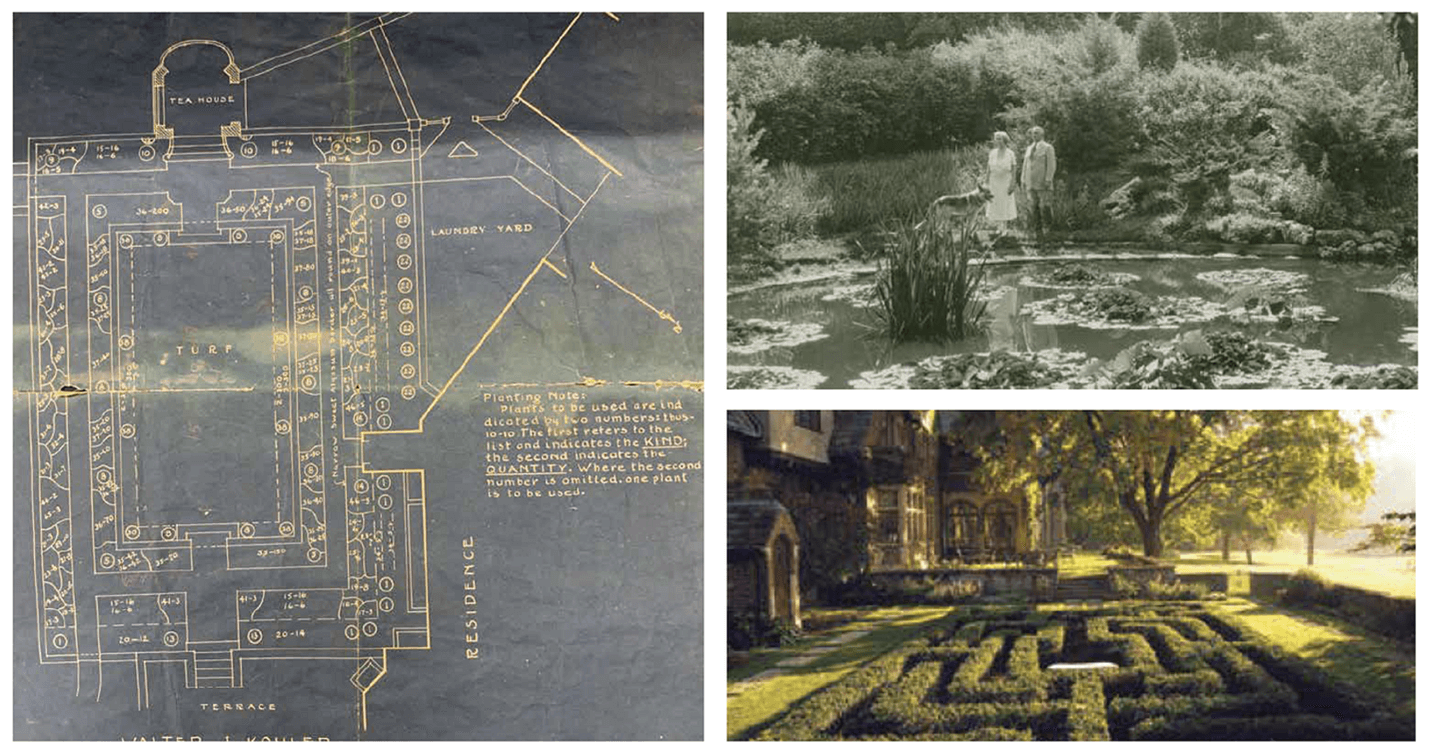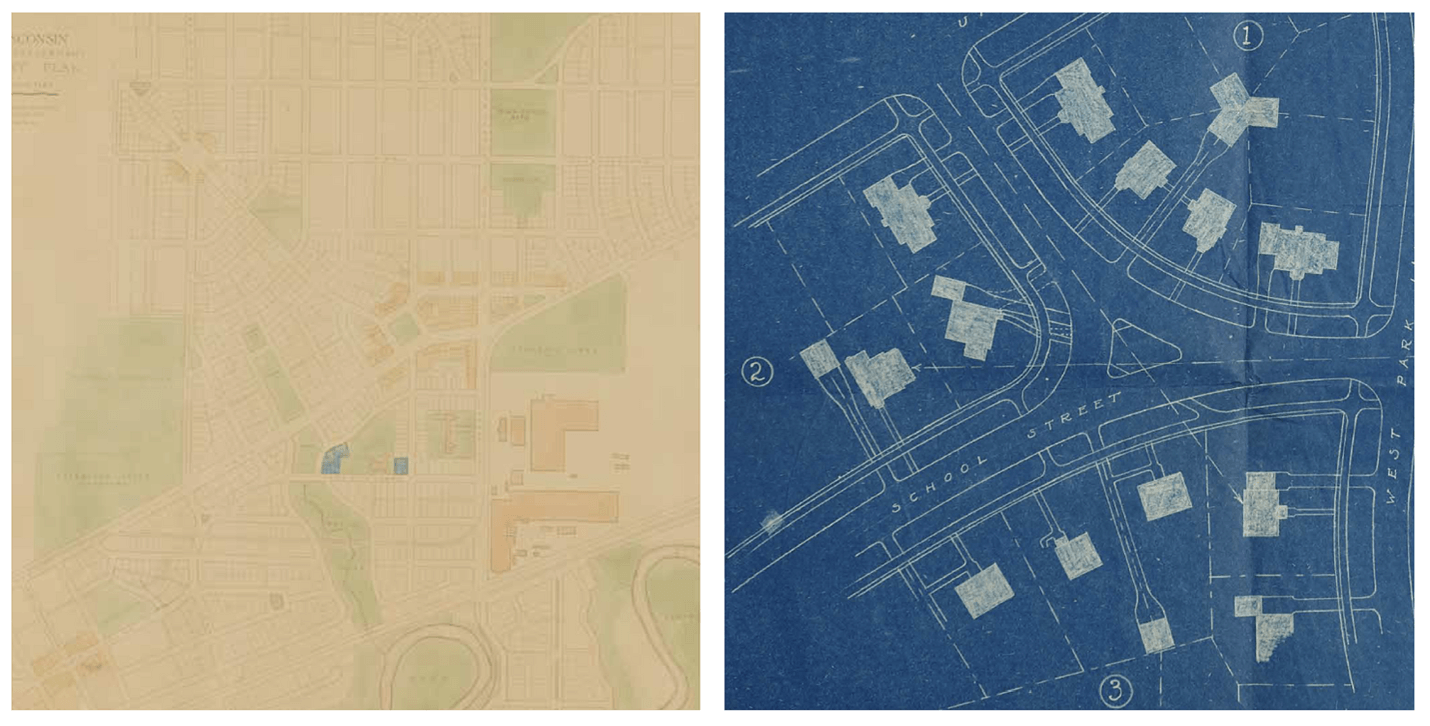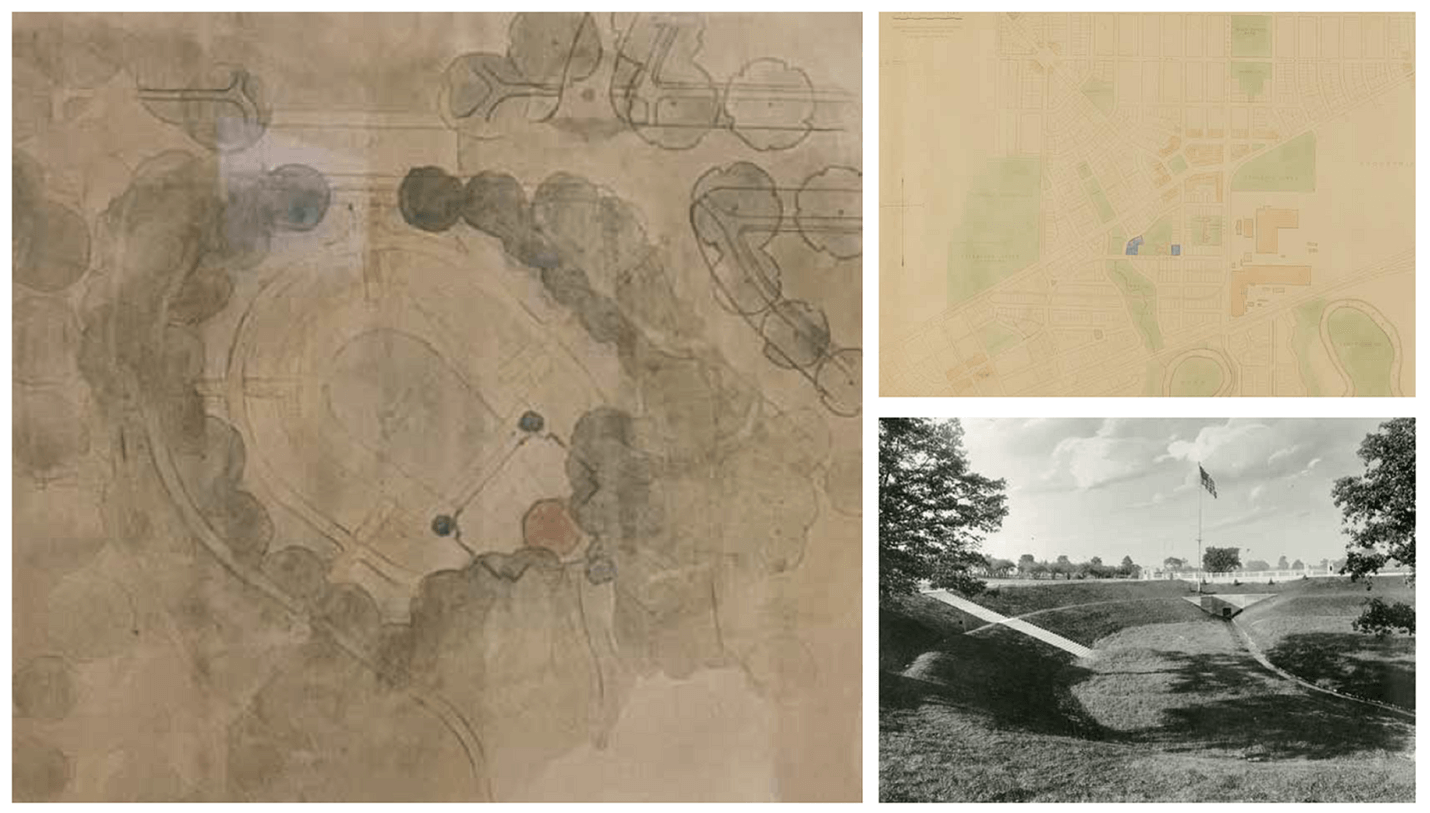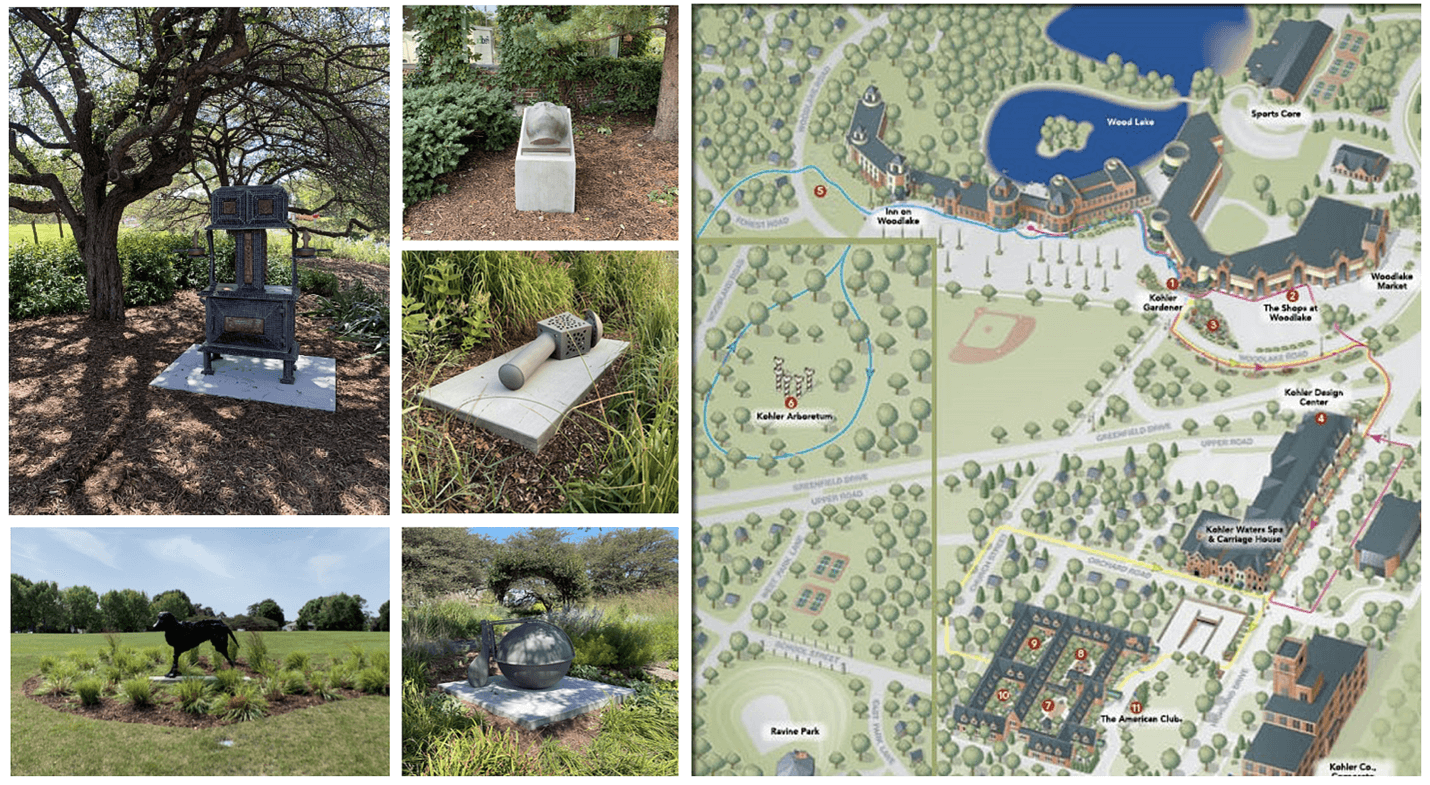Places
No Small Plans
How two 50-year plans for the Village of Kohler helped define Kohler Co.’s global sustainability and conservation goals for the next 150 years.
Celebrating a 200-year Legacy
April 26, 2022, marked the 200th anniversary of the birth of Frederick Law Olmsted, widely considered the founder of American landscape architecture. Olmsted designed some of the most celebrated landmarks in the United States, ranging from Central Park in New York and the Emerald Necklace in Boston to the U.S. Capitol Grounds in Washington, D.C., and Jackson Park in Chicago.
The family architecture firm, the Olmsted Brothers, operated for nearly 100 years by Fredrick Law and his sons and was responsible for more than 6,000 designed landscapes across North America, including the entire U.S. National Park system, Stanford University Campus, numerous park systems in Cleveland, Portland, and Seattle.
A Vision Bigger Than Business
In 1899, Kohler Co. founder John Michael made the bold decision to move the company away from the port city of Sheboygan, along the shore of Lake Michigan, to a stretch of farmland four miles inland along the Sheboygan River. The area at the time was called Riverside. Newspapers of the time called the decision “Kohler’s folly.”
They thought he was crazy to move the company away from established infrastructure and available labor in Sheboygan. John Michael saw great potential for the undeveloped land. He had plans for something bigger and was not afraid to take the untraveled path.
Garden Community at The Factory Gate
Alongside growing the company, John Michael planned to develop a community. He envisioned a “garden community at the factory gate,” where Kohler Co. associates — mostly first-generation immigrants at the time — could plant American roots for their families.
Like Olmsted, John Michael believed in the positive impact of community and nature on one’s well-being. Thankfully that belief was passed down to the Kohler family for generations to come.
John Michael Kohler died just two years after buying the 21 acres of farmland in Riverside which were to become his community dream. His son and eventual Kohler Co. successor, Walter J. Kohler Sr., carried out his plans beyond what anyone could have imagined.
Walter held a deep desire to constantly learn and grow, combined with a deep empathy and understanding of people. He loved to travel and experience new things. He listened to people, read books, and researched new ideas and philosophies. He was constantly challenging himself and the company to grow and evolve.
The Village Begins to Thrive
The American Club, the Kohler Brass and Pottery factories, Walderhaus, Kohler Recreation Club and more… the Village became a thriving community under Walter Kohler’s inspired leadership.
Walter’s sister-in-law, Ruth De Young Kohler, often spoke of his love and commitment to the Village, recalling that he would come back from business trips and hop in his car to drive through the streets to reconnect with the community and its people. She once said of Walter, in a speech after his passing, “The village did not belong to him. He belonged to the village. He always will.”
In 1912, the Riverside residents unanimously voted to officially adopt the name “Village of Kohler.” There were only about 40 homes in the Village at that time, but it would grow tenfold in the next two decades. Walter Kohler saw the need for a plan to avoid haphazard growth. So, being the lifelong learner he was, he looked to hire and learn from the world’s foremost experts in the fields of architecture and city planning.
Inspirational Partners and Places
Walter hired Milwaukee architect Richard Philipp to design residential homes in the Village, as well as several newly proposed Kohler manufacturing buildings. Before starting, the two men traveled together across Europe to study the “garden city” concept of urban design. They visited Port Sunlight and Letchworth in England, which were designs of Sir Ebeneezer Howard, known as the “father of the garden city movement.”
Port Sunlight was built for the employees of a soap company owned by the Lever Brothers, what would become the global company Unilever today. The controlled growth of that garden community is much like the Village of Kohler. The community is well preserved today and considered a World Heritage Site.
Letchworth, recognized as the first garden community in Europe, was built to showcase the best of both town and country. It was designed to attract industry to a community, not the other way around.
Aligning With the Olmsted Philosophies
In the early 1900’s, nature was the province of the elite. Only the wealthy could afford to have elaborate gardens, hedges, trees, and park-like environments surrounding their homes.
Walter Kohler believed the working class deserved “not only wages but roses as well.” One of his favorite sentiments, this philosophy inspired him to emphasize natural landscapes and landscape design in the community planning of the Village of Kohler.
A key aspect of Walter’s decision to hire the Olmsted Brothers was their shared respect and admiration for nature, commitment to sustainable use of resources, and belief that equitable access and connection to nature are powerful drivers of our wellbeing. Opportunities to explore nature and soak up those benefits are abundant in the Village of Kohler–today as much as any time in history.
Designing a Village Together
Streets in the Village of Kohler were designed to meander and meet at a variety of angles—a hallmark of Olmsted community planning. The design created grassy medians where roads converged and encouraged neighborly interaction outdoors, beyond public parks.
Naturally Intended for All
Ravine Park, one of many public green spaces in the Village of Kohler, was formally opened and dedicated in 1919. For early Village residents, it was a central landmark for community gatherings and public entertainment—just as intended by planning under the Olmsted beliefs that public parks are a “natural stage to the theatre of life” and that open access to nature was a “democratic right for all people.”
Many community traditions were established at Ravine Park and carry on today throughout the Village of Kohler. Concerts and theatre in the park, community recreational leagues, Scroll Night for area students, Kohler Co. associate events, and informal family gatherings year-round.
A World of Wellbeing Outdoors
Beyond public parks and trails, there are also planned experiences within the Village that are designed to deliver wellbeing through nature and art. The Art Walk is one excellent example, where more than 50 different sculptures produced by artisans in Kohler factories through the Arts/Industry residency program are placed along a beautiful walking trail.
Wellbeing programs and spa offerings across Kohler, WI align directly with the belief that water and other natural elements have restorative properties. From our Kohler Water Spas and Yoga on the Lake to The American Club and Carriage House, guests can tap into nature and find experiences that rejuvenate the body, mind and spirit. Beyond the Village, across Kohler Co. globally, there is a deep commitment to environmental and social initiatives that make the world a better place.









